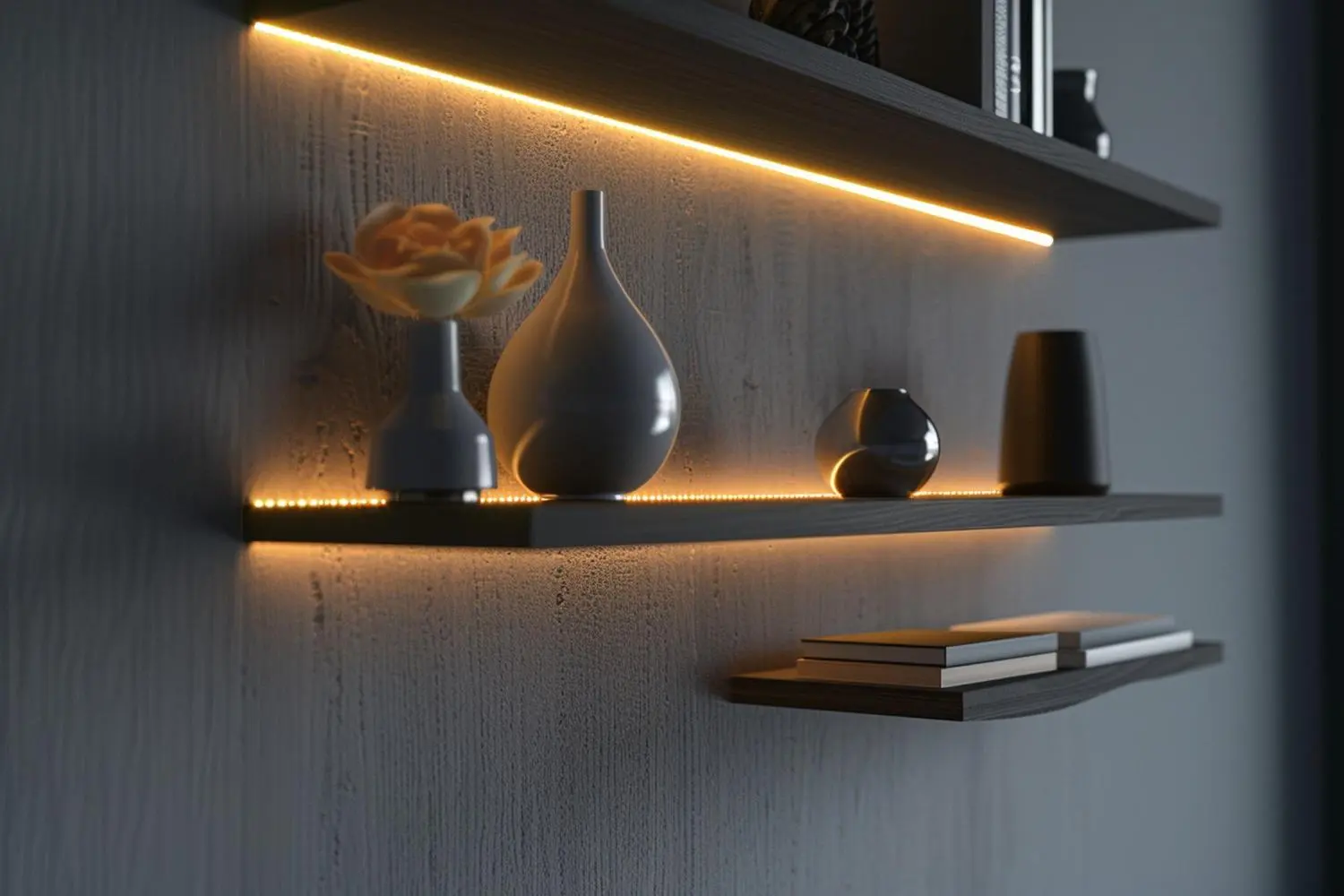
The Ultimate Guide to Built-In Shelf Lighting
Explore guide to built-in shelf lighting. Learn about LED strips, puck lights, recessed lights, tape lights, and their installation tips for perfect ambiance.
Downlights have carved a niche for themselves in the world of interior lighting, blending functionality with aesthetic appeal. These hidden gems, often recessed into ceilings, offer a sleek and modern touch to various spaces. As their name suggests, downlights cast their glow downwards, spotlighting or evenly illuminating areas, augmenting both focus and ambiance.
In recent years, the popularity of downlights has soared. Homeowners, interior designers, and architects alike are drawn to the subtle yet effective illumination they offer. Whether it’s casting a gentle glow over a cozy living room or spotlighting a piece of art, downlights prove their versatility and elegance time and again.
Each advancement in lighting technology amplifies its allure, offering enhanced energy efficiency, lighting control, and aesthetic integration into a multitude of architectural styles. Join us as we explore the world of downlights, unearthing their benefits, applications, and best practices for their installation and maintenance.
Downlights, in essence, are light fixtures installed in hollow openings, typically in ceilings. Their design ensures that light is cast downwards in a narrow beam. They’re a blend of discrete design and efficient lighting, making them a favorite for both ambient and task lighting.
The world of downlights is diverse, with each type serving a unique purpose:
Recessed Downlights: These are the most common type, nestled within the ceiling to offer a smooth, streamlined look. The light source is usually hidden, giving off a glow that appears almost flush with the ceiling.
Surface Mounted Downlights: As the name suggests, these lights are mounted directly on the surface of the ceiling. They’re ideal for concrete ceilings where recessed lighting isn’t feasible.
Adjustable Downlights: These offer flexibility as the light direction can be changed. They’re perfect for spotlighting artworks or architectural features, as the beam can be directed to a specific area or object.
Delving deeper into the technical side of things:
Lumens: This is a measure of the total amount of visible light emitted by a source. In simple terms, the higher the lumens, the brighter the light.
Wattage: This refers to the power consumption of the light. It’s vital to note that with advancements in LED technology, higher brightness doesn’t always mean higher wattage.
Color Temperatures: Lights come in various shades, from warm (yellowish) to cool (bluish). When measured in Kelvin (K), lower values (around 3000K) give a warm glow, while higher values (5000K or more) yield cooler, more daylight-like illumination.
Downlights have surged in popularity over recent years, not just for their aesthetics but also for the myriad of advantages they offer.
Downlights offer an uncluttered and modern aesthetic that resonates with today’s interior design trends. With their recessed design, they sit flush with the ceiling, providing a clean and streamlined look. This minimalistic approach ensures that the focus remains on the room’s architecture and decor rather than the light fixtures themselves. In essence, they seamlessly integrate into spaces, adding to the ambiance without drawing attention away from other design elements.
The technical prowess of downlights is commendable:
Luminosity: They’re designed to cast light downwards in a concentrated beam, ensuring effective and bright illumination. The direct downward projection means fewer shadows and dark spots.
Energy Consumption: Modern downlights, especially LED variants, are energy-efficient. They provide bright light while consuming significantly less electricity, leading to noticeable savings in energy bills.
Ambiance: The beauty of downlights lies in their ability to set the right mood. With dimmable options and various color temperatures available, they can either be a subtle background presence or the main source of illumination, adapting to the desired ambiance of a space.
Downlights are the chameleons of the lighting world. They fit seamlessly into various settings:
Residential: From kitchens to living rooms, downlights provide balanced illumination, making spaces feel warm and inviting.
Commercial: In offices, shops, or restaurants, they offer bright, focused light that enhances functionality without compromising on aesthetics.
Their adaptability means they can either be the star of the show or play a supporting role, making them a preferred choice for various lighting scenarios.
When it comes to downlights, it’s not just about choosing the right type but also ensuring they’re installed and maintained correctly. By following some best practices, you can maximize the benefits and longevity of these lighting fixtures.
Spacing: One of the first considerations is how far apart you can place your downlights. A common rule is to space them approximately 1.5 to 2 feet apart for a balanced illumination. However, always consider the room’s size and the intensity of the lights you’re using.
Depth: Ensure your ceiling depth can accommodate the downlights. Some downlights are more shallow than others, so always check beforehand. And remember, insulation can impact the depth needed.
Positioning: It’s vital to plan where each light will go. Remember, the goal is even illumination without glaring bright spots or shadows.
Handling: Always switch off the main power before installing or adjusting downlights. Safety first!
Electrical Considerations: Hiring a professional for installation can ensure that all electrical connections are safe and up to code. DIY is great, but safety is paramount.
Placement: Avoid placing downlights too close to flammable materials or in places where they might come in contact with water, especially if they aren’t designed for it.
Cleaning: Over time, downlights can accumulate dust. A simple wipe with a dry cloth can keep them shining bright.
Replacing Bulbs: Opt for long-lasting LED bulbs that not only save energy but also require less frequent replacements.
Regular Checks: Occasionally check the fixtures for any signs of wear or damage, especially if you’ve had them for a few years.
In summary, while downlights are relatively low maintenance, a bit of care and consideration can go a long way in ensuring they serve you well for years to come.
Downlights, like many other technologies, have seen rapid advancements in recent years. These innovations not only offer better lighting solutions but also provide enhanced user experience and sustainability.
Today’s modern homes are embracing the Internet of Things (IoT), and downlights are no exception. With smart downlights:
As global awareness about the environment grows, lighting solutions are evolving to be more eco-friendly.
Incorporating these innovations ensures that downlights are not only functional and stylish but also aligned with the growing demand for sustainable and smart solutions.
Ideal for both task and ambient lighting, downlights excel in kitchens, living areas, and over art pieces. Their versatility shines in spotlighting and general illumination, enhancing any space’s aesthetic and functionality.
Yes, downlights are effective in rooms with high ceilings, especially models designed for broader light distribution. Adjustable downlights are recommended for focusing light precisely, enhancing both ambiance and functionality in spacious environments.
LED downlights are highly energy-efficient, significantly reducing electricity consumption compared to traditional lighting. They offer substantial energy savings, making them a cost-effective and environmentally friendly lighting solution for any setting.
Select warm white (around 3000K) for a cozy, inviting atmosphere, ideal for living rooms and bedrooms. Choose cool white (around 5000K) for task-oriented spaces like kitchens and offices, where clarity is key.
The number depends on the room’s size and desired brightness. Generally, spacing them 1.5 to 2 feet apart ensures even, comprehensive coverage, eliminating dark spots and creating a harmonious lighting environment.
Downlights are low maintenance; a regular dusting keeps them performing well. For LED types, occasional checks for dimming functionality and ensuring no loose connections can extend their lifespan and maintain optimal performance.
Downlights have firmly established themselves as a cornerstone in the realm of modern lighting. Their blend of functionality, aesthetic appeal, and energy efficiency is unmatched, catering perfectly to the contemporary design ethos. Whether it’s the understated elegance they bring to homes or their functionality in commercial settings, their influence is undeniable.
The journey of downlights is a testament to how technology and design can harmoniously converge to enhance our everyday spaces. And as we look ahead, the horizon promises even more exciting innovations and trends.
For designers, homeowners, and businesses alike, staying abreast of these developments will be key. As downlights continue to evolve, they will not only illuminate our spaces but also enrich them, shaping experiences and crafting atmospheres for years to come. It’s a luminous future, and downlights will undoubtedly be at its forefront.

Explore guide to built-in shelf lighting. Learn about LED strips, puck lights, recessed lights, tape lights, and their installation tips for perfect ambiance.
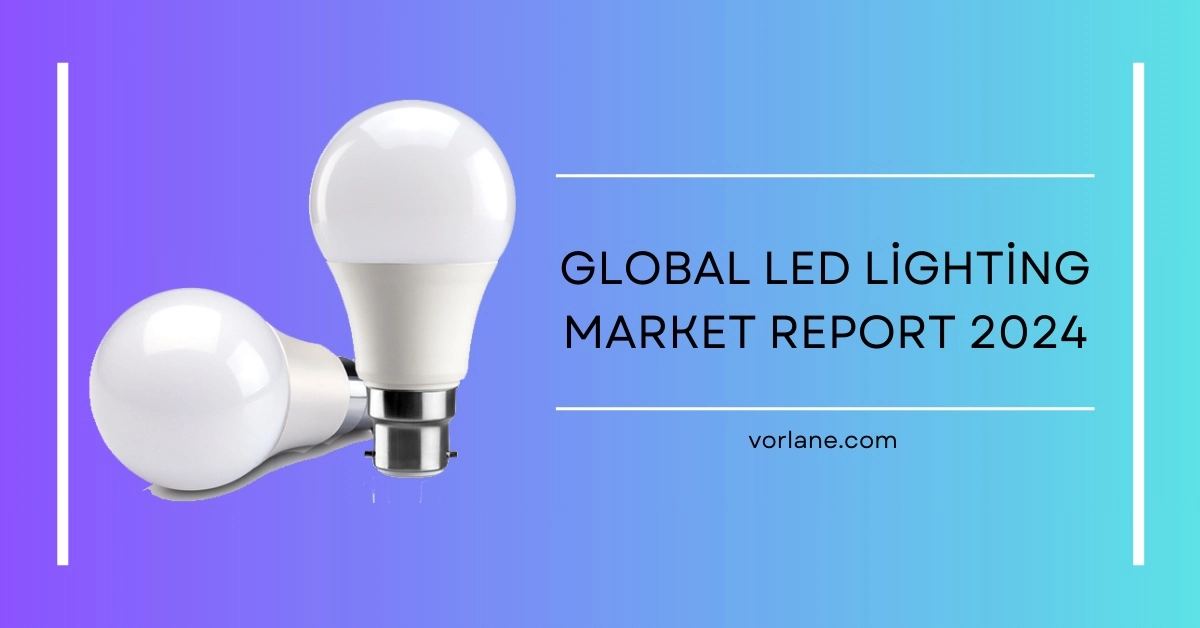
Explore the Global LED Lighting Market Report 2024 for insights on trends, growth drivers, and key players in the industry, including product segment and geographic
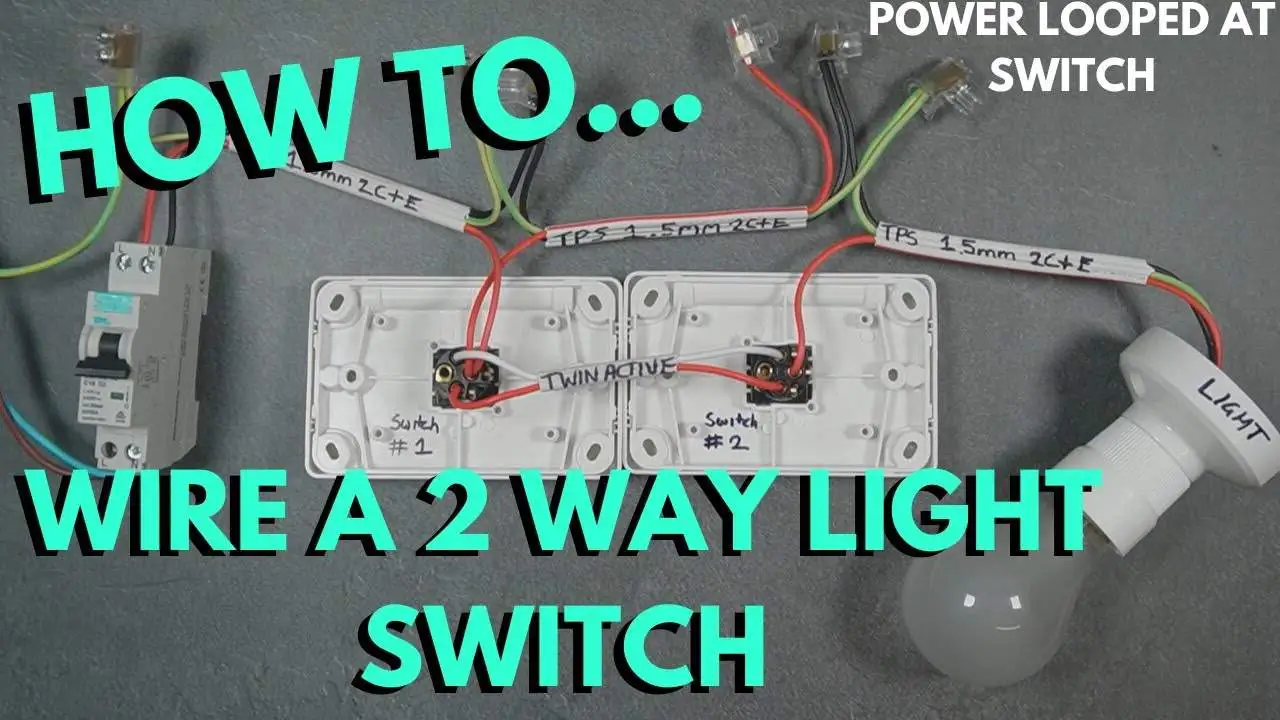
Learn how to wire a 2-way light switch effectively. This guide covers essential tools, step-by-step instructions, and safety measures for an installation.
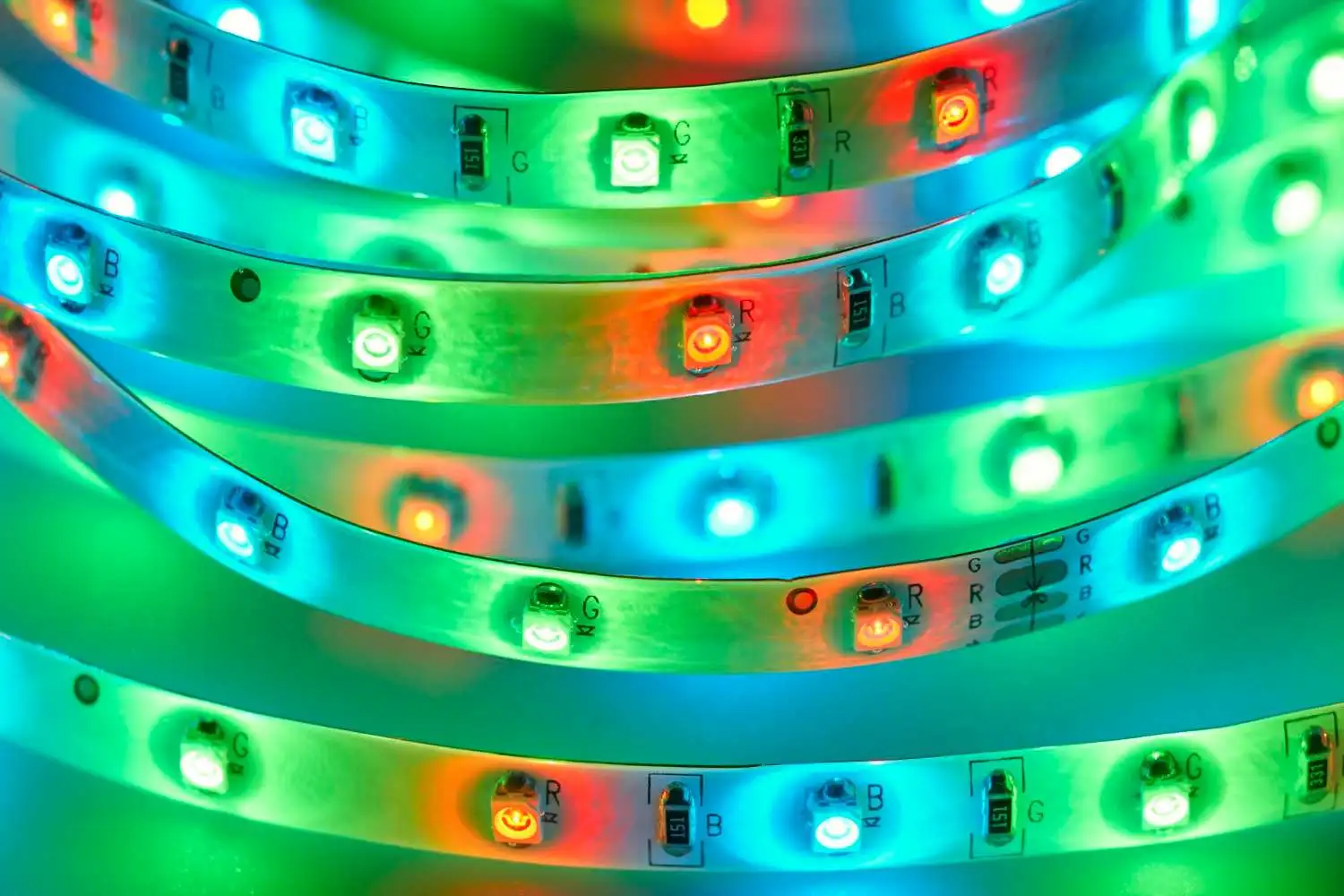
Choosing the right power supply for LED strip lights ensures performance and safety. Consider voltage, current, wattage, efficiency, and certifications.
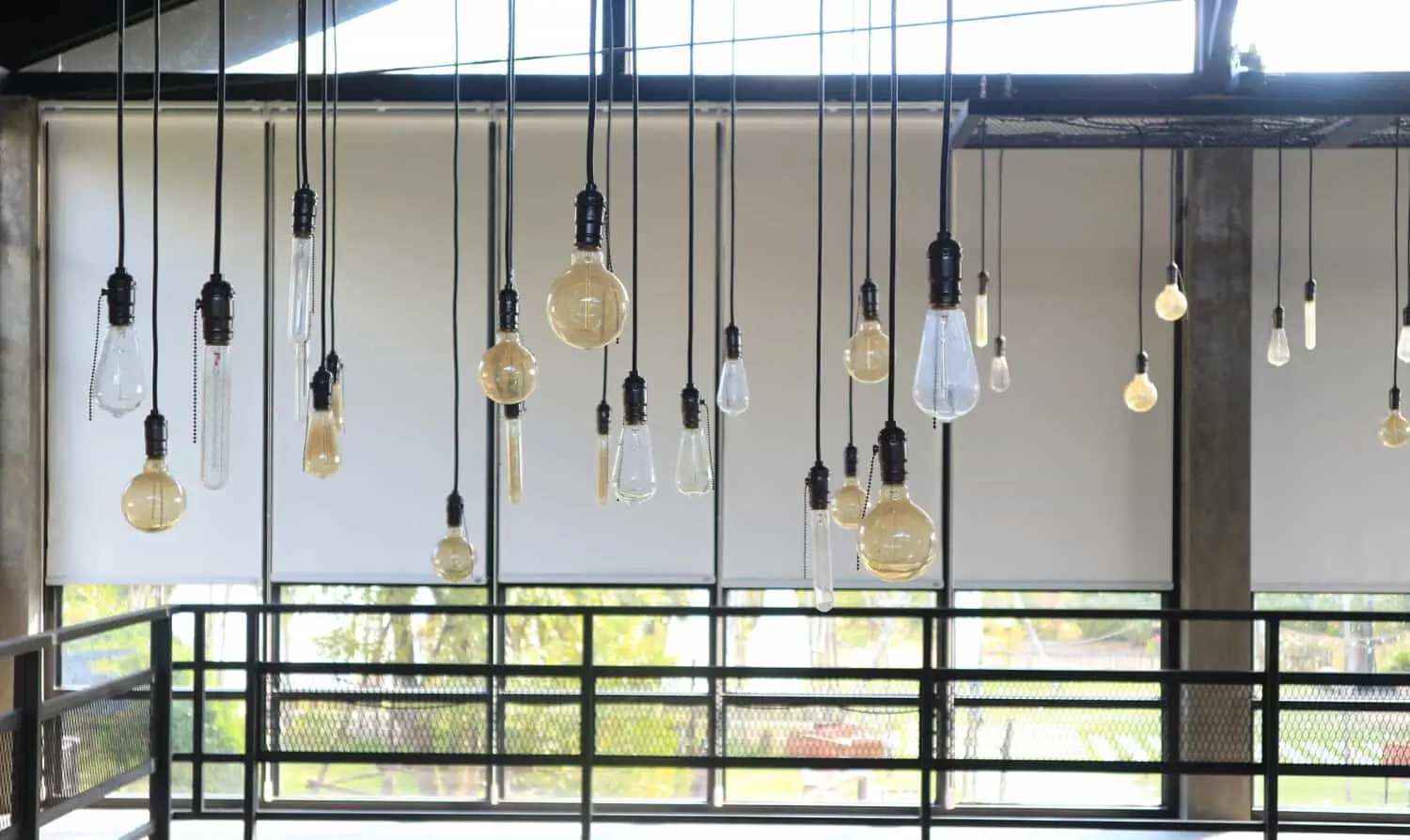
Discover the benefits of pendant lighting for your home. Learn about various styles, and their uses in enhancing aesthetics and functionality.
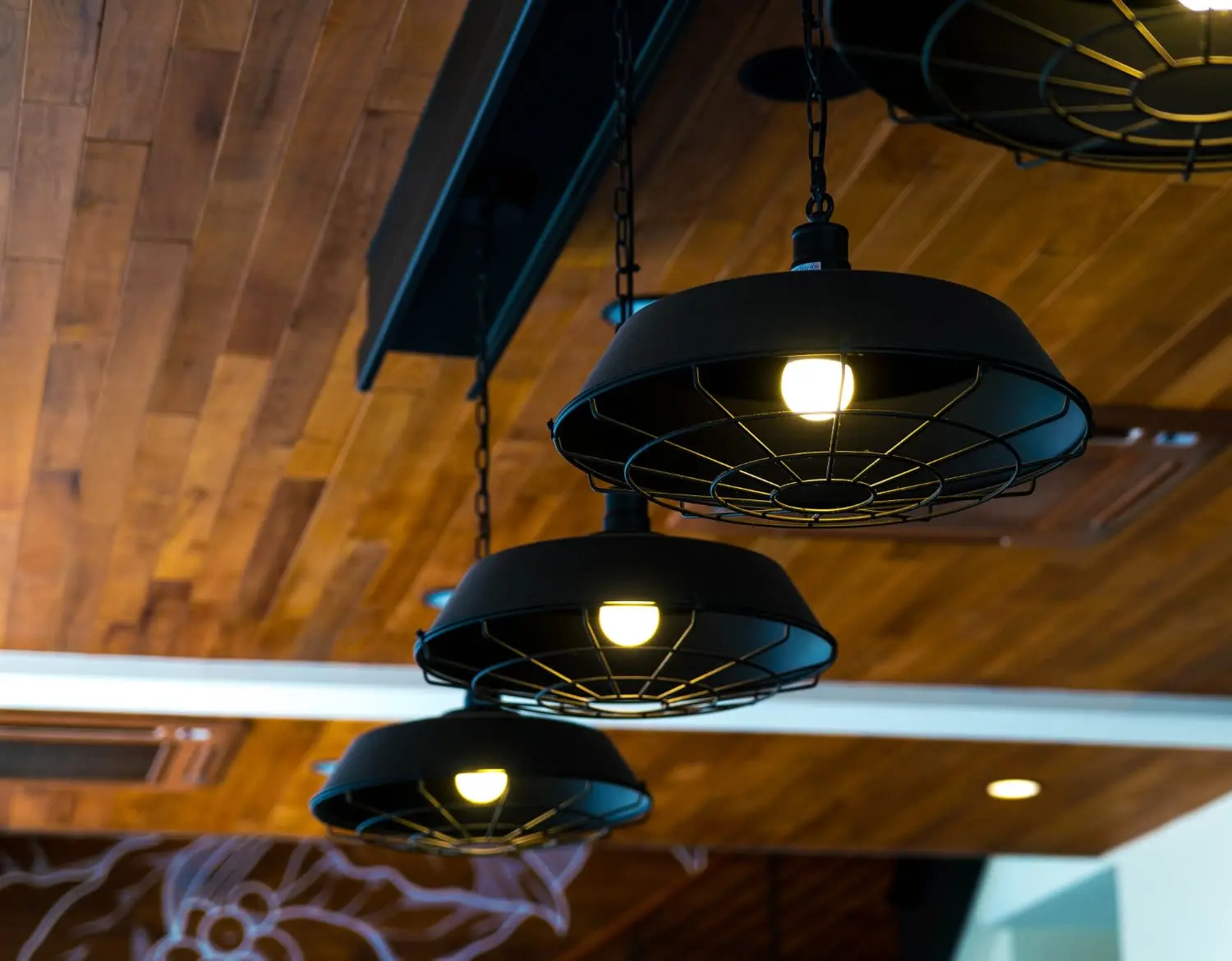
Discover top ceiling lights for your home, including pendant lights, chandeliers, flush-mounts, recessed, track lighting, cove lighting, and spotlights.



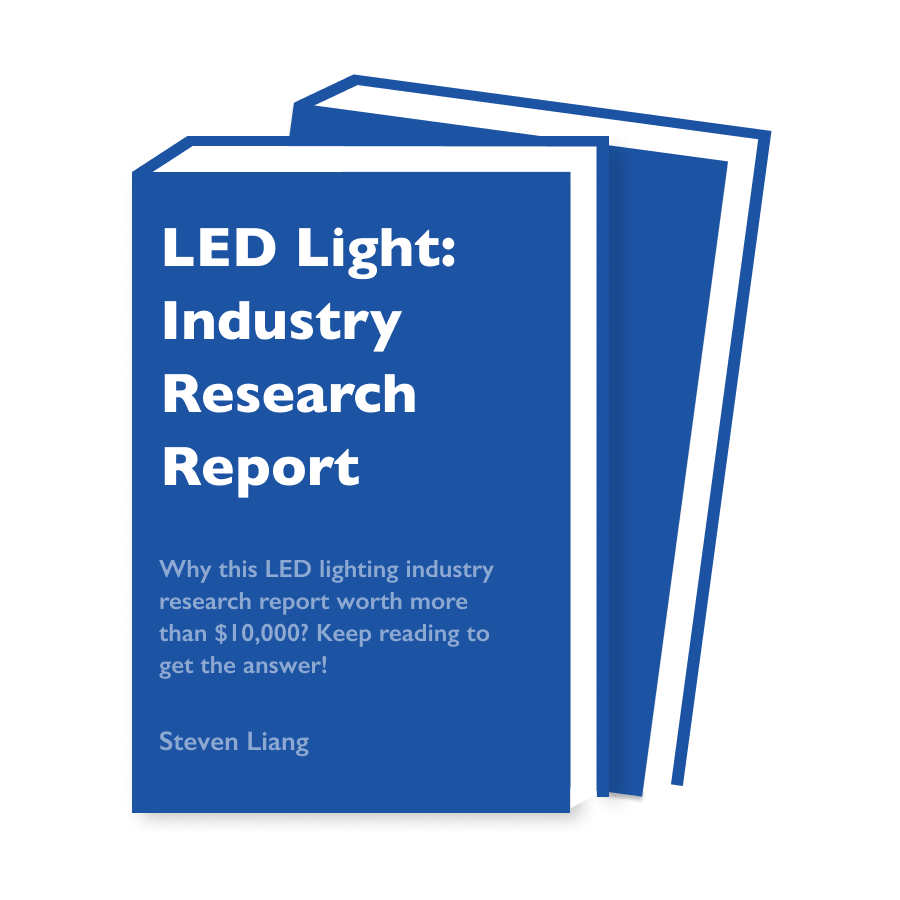 | This LED Industry Research Report Is Worth 10,000 Dollars!Want to get reliable industry data to support your LED business planning? In this report, you will:
*Submit your email to download this file. Your personal info will not be shared to any 3rd-party person or organizations. |
WhatsApp us
*We respect your confidentiality and all information are protected.